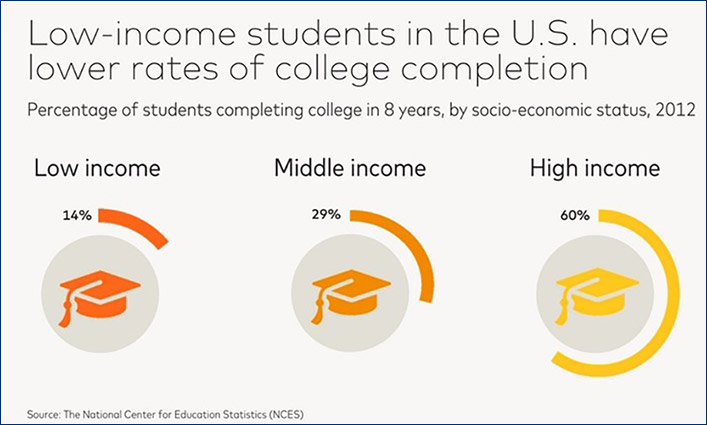
In partnership with DataKind, a non-profit committed to helping social justice leaders use data to increase their impact, John Jay College is taking an innovative approach to improving student graduation rates through the use of data and analytics.
Using 10 years of historical student data, the project, which was sponsored by the MasterCard Center for Inclusive Growth and supported by the Robin Hood Foundation, aims to help John Jay advisors identify students who are at risk of dropping out or taking over four years to graduate. The hope is that this data can help advisors prioritize intervention services for students at risk of not finishing their degrees.

and Dean of Undergraduate Studies
Across the country, college graduation rates are disproportionately low among low-income students. Dara N. Byrne, Associate Provost for Undergraduate Retention and Dean of Undergraduate Studies, believes that Datakind’s research will be invaluable to supporting John Jay students, especially those from low-income backgrounds. “The lower the income, the more likely you are to be impacted by that burden of how to afford all aspects of college,” Byrne says. “The tool is allowing us to see trends and patterns and help us to rethink our approaches earlier.”
In an exploratory analysis of the 10-year data, the Datakind team was able to find which factors are associated with a student’s decision to leave school before finishing their degree. The team also created two sets of models designed to predict the likelihood that a student would graduate within four semesters after completing 90+ credits of coursework, once they are already in their late junior or senior year. The models predicted within a 70 to 90 percent accuracy whether students would graduate.
“The more we engage with the opportunities and data skills that were provided by this project, the more it allows us to do more with our students around academic skills and job preparedness,” says Byrne. “I am very hopeful about what this will mean in terms of preparing young people for the future.”
Read more about the project here.



